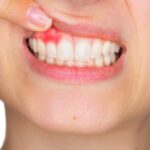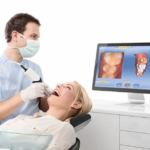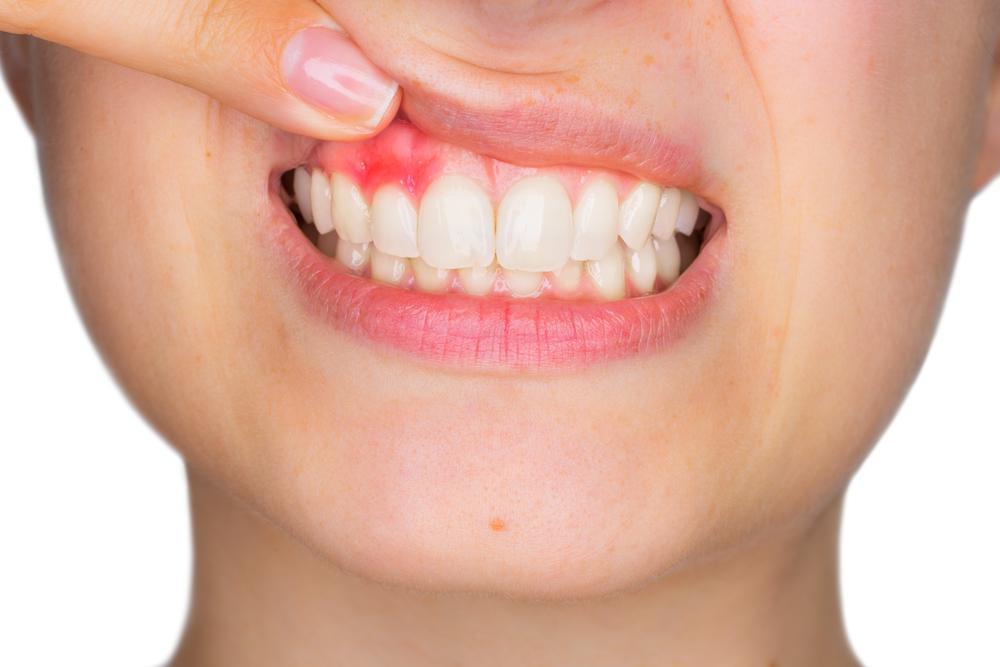
You might have heard the dentist say to brush your teeth twice a day. However, did you know that cleaning your gums should be included in the task? And, it is just as important as brushing your teeth.
Good periodontal care and health is important for good dental health. Researchers have linked gum disease with a range of serious medical conditions in both men, women and children.
By making sure you are taking care of your gums during your daily dental routine, you can improve your overall wellness and help decrease your risk of certain diseases including heart disease.
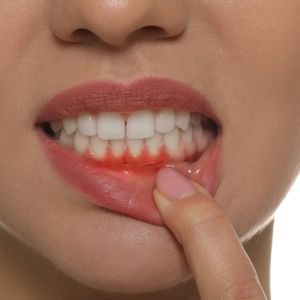
What color are healthy gums?
Healthy gums are pink and firm, and they don’t bleed. There are some patients with naturally sensitive gums, but this is a great rule to remember. Diseased gums may be red and swollen. A patient with some issues might find their gums are tender or bleeding after flossing or brushing.
Another indicator is having bad breath or a bad taste in your mouth. Although we associate mouth pain with tooth issues, gums can be the source of the pain. Sensitive or loose teeth, can be other signs of gum disease.
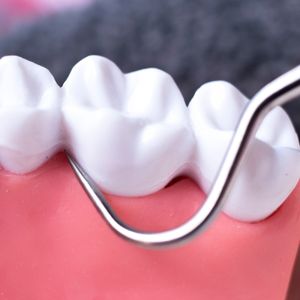
Is All Gum Disease the Same?
If you do not brush and floss your teeth, you can get a build up of bacteria resulting in plaque and tartar. Tartar and plaque build up are causes of gum inflammation. We also call it gingivitis. Tartar can only be removed by a dental hygienist or dentist during routine dental cleanings.
Gum disease can be classified into 3 progressive stages :
Gingivitis: You will have red, swollen gums that can bleed easily. If treated early, you often reverse the condition with continued correct brushing and flossing.
Mild /Moderate Periodontitis. This stage happens when inflammation and bleeding increase around the teeth because of bacteria that produce plaque and tartar. The gum attachment to the tooth starts to break down and the gums to pull away from the teeth. It will also leave pockets of infected material. Dental treatment is needed to prevent more bone loss and loosening of teeth.
Advanced periodontitis: If left untreated, you will have deepening of gum pockets and destruction of bone holding teeth in place. As it advances, your teeth might become loose and need to be removed. There is periodontal treatment to help restore bone support.

How to Prevent Gum Disease
Did you know that only 1 in 4 adults over the age of 35 have healthy gums? If you are seeing the early signs of gingivitis or gum disease, you can follow some simple steps to improve and maintain your gum health.
Dental Checkups: See your dentist every six months for a dental cleaning and checkup. Finding and treating gum disease early can prevents it from spreading and causing lasting damage to your teeth.
Regular Brushing and flossing: It takes at least two minutes, twice a day to properly do the job. That’s right, 120 seconds! Have you ever counted or watched on a cell phone timer? Most adults and kids do even come close to brushing that long. We did a post with all of the details on how to brush your teeth as a reminder.
Mouthwash: Recommended by American Dental Association recommends using a therapeutic mouthwash during your brushing routine. It will help prevent or reduce mild gum disease symptoms.

3 Key Aspects of Healthy Gums
There are a lot of different things to know about health gums, but in general, it boils down to three different elements.
-
Color – Healthy gums are usually a light pink color (though this can vary slightly depending on natural pigmentation). They should not appear bright red, white, or blotchy.
-
Texture & Firmness – Healthy gums feel firm and fit snugly around the teeth without being swollen or puffy. They should not bleed easily when brushing or flossing.
-
Contour & Attachment – Healthy gums have a smooth, scalloped shape that follows the curve of the teeth and stay securely attached without pulling back (no signs of gum recession).
Looking after your oral health means caring for your gums as well as your teeth. When your gums are healthy, you reduce your risk of developing bad breath, dental decay and a whole range of harmful diseases. Brush, floss, use a mouthwash, visit your dentist regularly and eat healthily to reap the benefits of disease-free gums.

